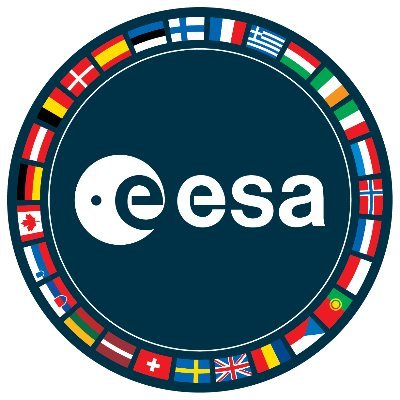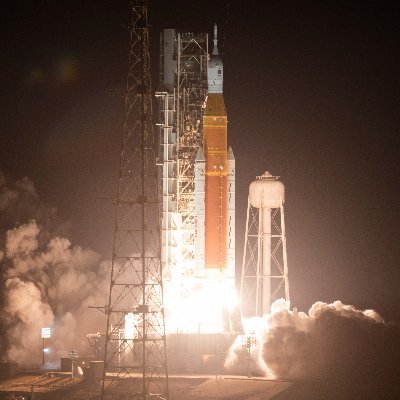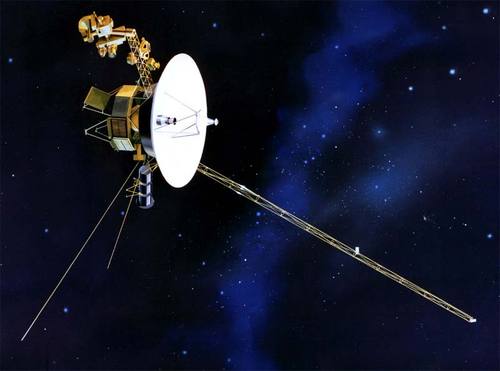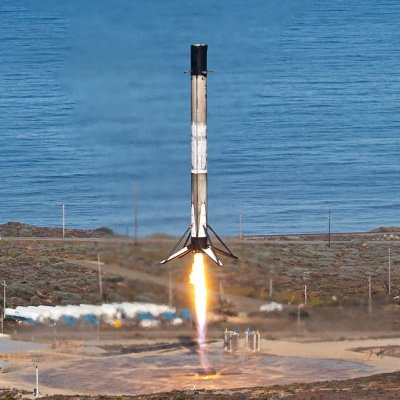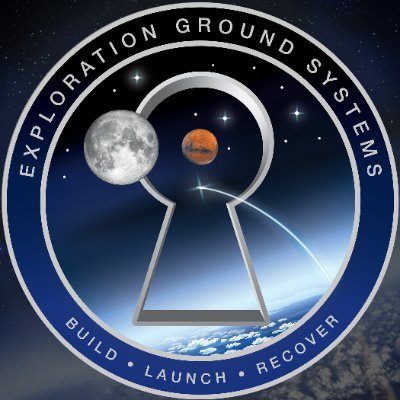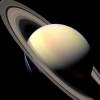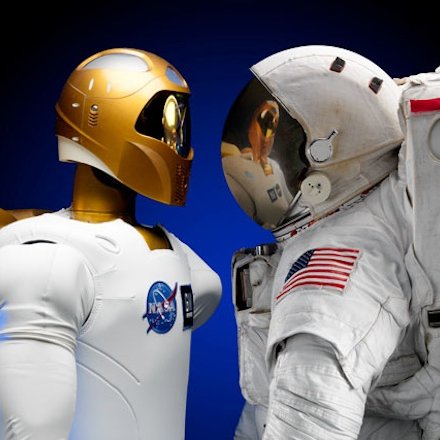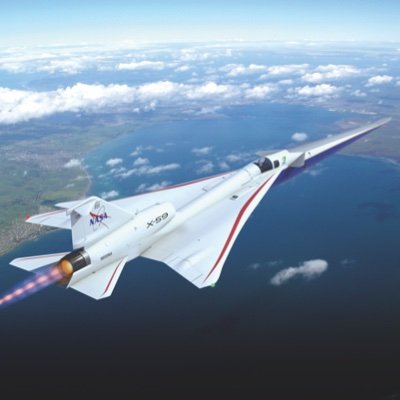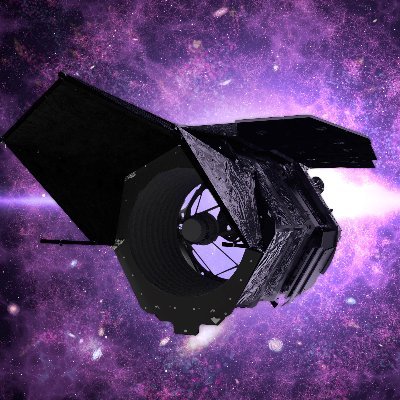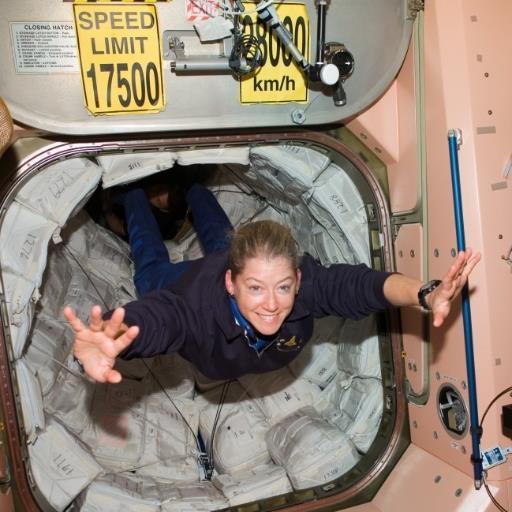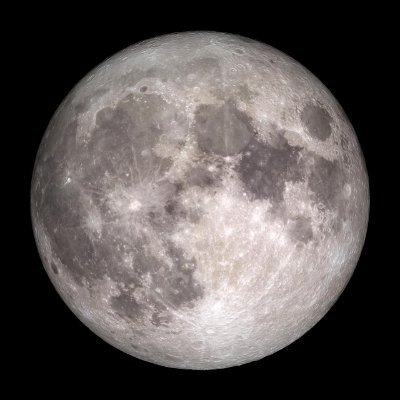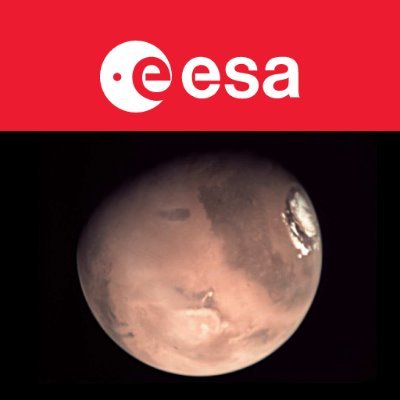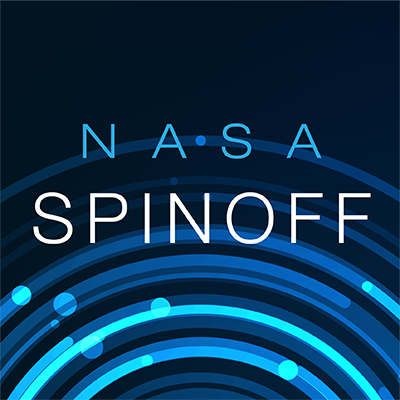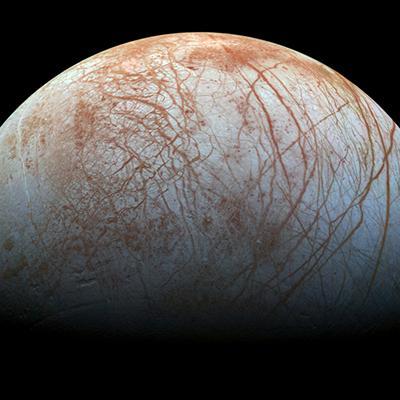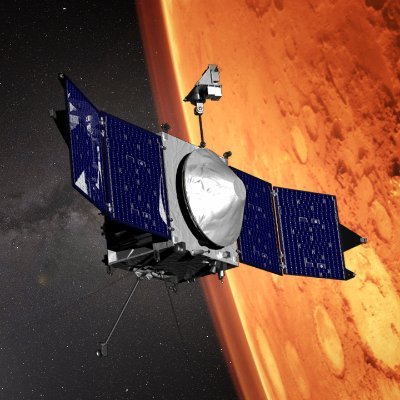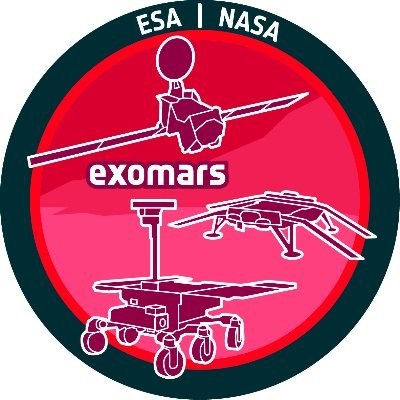
NASA Mars
@NASAMarsNASA’s official Twitter account for all things Mars. Join us as we explore the Red Planet!
Similar User

@NASAWebb

@NASASolarSystem

@NASAHubble

@NASAEarth

@Space_Station

@MarsCuriosity

@NASAUniverse

@NASA_Johnson

@NASAPersevere

@NASASun

@NASAJPL

@NASAExpeditions

@NASAMoon

@NASA_Technology

@NASAKennedy
Happy New Year... on Mars! 🎉 Because the Red Planet takes longer to orbit the Sun than Earth, its year is longer. 687 days, in fact. The last one was celebrated on Dec. 26, 2022. Confused? Don't be. This "Mars in a Minute" video has the answers.
Did you know that Mars has kinds of clouds you've probably not seen before, such as “twilight clouds,” “vortex clouds,” and “disk clouds”? Help NASA scientists by classifying Martian clouds with this new @DoNASAScience project: go.nasa.gov/4hqV6rW
Ever feel like someone's watching you? That's how I felt when I observed this transit of the Martian moon Phobos! The pupil in this "googly eye" is the potato-shaped moon, and the iris is our Sun. Learn more: go.nasa.gov/48vJm3m
The journey continues for @NASAPersevere! Since landing on Mars in 2021, our robotic explorer has driven 18+ miles (~30 km) and has collected 24 samples of rock and regolith as well as one air sample. More on the rover's progress and what lies ahead: go.nasa.gov/4f1fE8K
Looking back to see how far I’ve come. As I continue to climb to the Jezero Crater rim, I stopped to take in the view and saw everything from my landing spot to the backup samples I left on the surface. Read more and see the image in full res: go.nasa.gov/48o95KG

Could water ice on the Martian surface hide microscopic life below? Ecosystems found within Earth’s icy regions are inspiring scientists to ask new questions: go.nasa.gov/4eE2ONr

How did Mars become the planet we know today? New data from @MarsCuriosity points to strong water evaporation in its ancient past – a possible clue into how the Red Planet became a desert. go.nasa.gov/3zXgSlV
A decade in orbit! To celebrate 10 years, here are the mission's top 10 findings: go.nasa.gov/3XtVxbu
Congrats, MAVEN, on a whole decade of exploring! For the last 10 years, @NASAMars' MAVEN spacecraft has orbited the Red Planet, gathering data about its upper atmosphere. Here are the top 10 findings: go.nasa.gov/3XtVxbu
POV: You're on Mars, looking up at the night sky and you notice... 🌜⭐️ That's Phobos, one of Mars' two moons – and the tiny evening "star" to its right is Earth! It's the first time I've captured them together in a photo. #ObserveTheMoon


There's a dust season on Mars, but have you heard of an occlusion season? From @MarsCuriosity's perspective, Earth is often positioned high in the Martian sky, but right now, it’s lower, and hilly terrain is making direct communication between the rover and its team more…
In 2003, Mars orbiters captured images of “spiders” on Mars, and it wasn't clear how these strange shapes formed. But recent experiments may confirm a theory that these formations are carved by CO2 gas plumes. Learn how scientists conducted these tests: go.nasa.gov/3zhL3UK

Congratulations to @MarsCuriosity and the team for surpassing 1 million laser shots on the Red Planet! The rover uses ChemCam to analyze rocks and soil. Did you know? ChemCam was the only laser operating on Mars until @NASAPersevere brought SuperCam in 2021.
What's that they say about the meaning of life? Earlier this month, I drilled my 42nd rock sample. My samples are different than @NASAPersevere's... Rather than collecting a core, I powderize rocks, then analyze the sample with onboard instruments.

Perseverance is on the move! Follow the mission team's blog for updates along the way: science.nasa.gov/mission/mars-2…
Update: I've started my climb up the Jezero Crater rim! My team has a few spots for me to explore along the way – but they're most excited about an area over the crest and outside the crater called Witch Hazel Hill, which includes the most ancient Martian crust on my journey.

It's #NationalAviationDay, but that doesn't seem quite adequate for this pioneering rotorcraft – the first powered, controlled flight on any world other than Earth. 🫶 Celebrate by downloading the #MarsHelicopter commemorative poster: go.nasa.gov/4dSbU8B

.@NASAPersevere is beginning its 5th science campaign: ascending from the floor of Jezero Crater to its rim! Here, the rover may encounter the most ancient crust of Mars, which could unlock new clues about the planet's distant past. go.nasa.gov/3SNIiRw

A crushed rock led to an exciting find on Mars: pure sulfur crystals! @MarsCuriosity’s discovery stunned scientists – and it’s just one of several the rover has made. Join us at 5pm PT this Thursday to learn about these unique finds and what’s next. twitter.com/i/broadcasts/1…
Oh, how Mars landings have changed. Pathfinder used giant airbags to land on the Red Planet. A decade later, @NASAJPL developed the sky crane maneuver to safely land @MarsCuriosity and @NASAPersevere More on this engineering evolution: go.nasa.gov/4dvY4IL
What's that about sticking the landing? 🥇 12 years ago, my landing on the Red Planet required 76 pyrotechnic devices and had zero margin for error – and my team absolutely nailed it. Do you remember the drama of those "7 Minutes of Terror"?
Was Mars home to microscopic life in the distant past? An intriguing rock spotted by @NASAPersevere has qualities that fit the definition of a possible indicator of ancient life. But what did we find, and how will we know for sure? go.nasa.gov/3WDv6kH
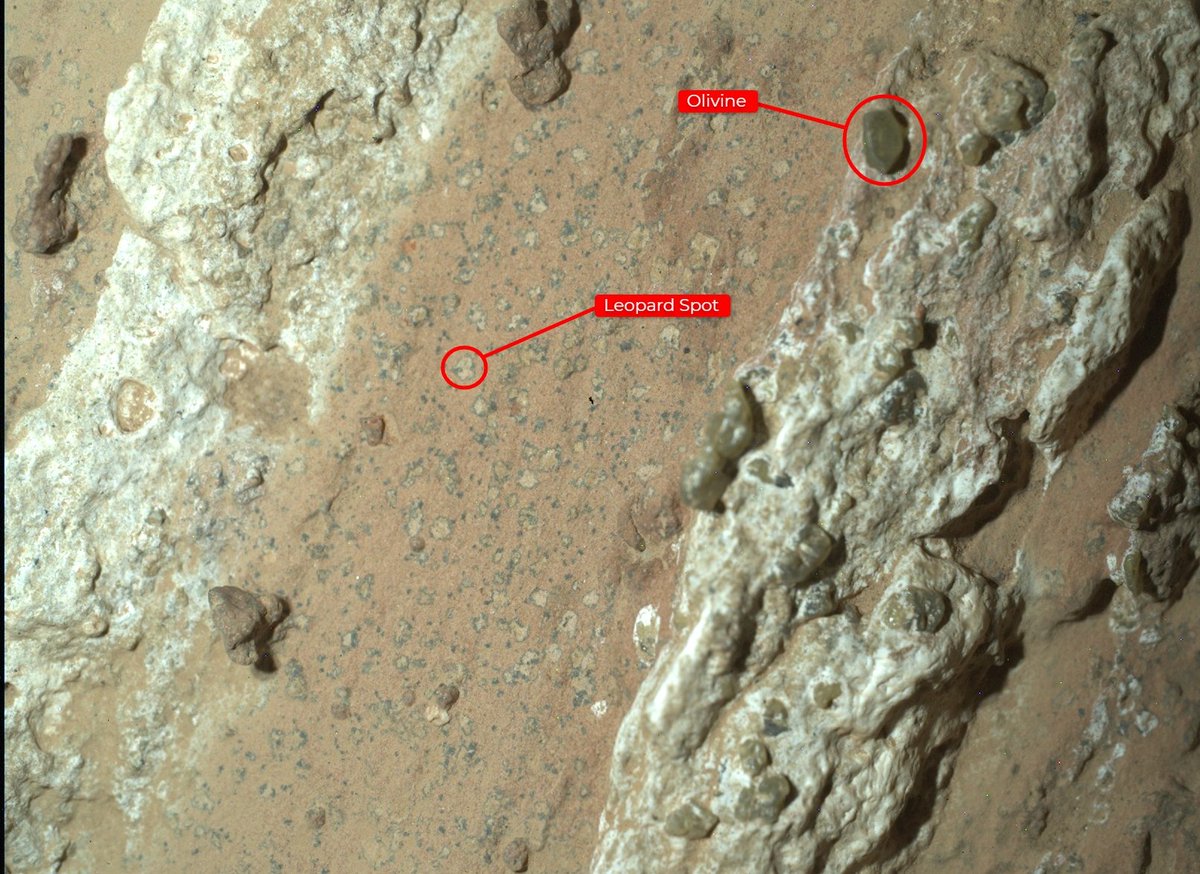
United States Trends
- 1. $MAYO 9.848 posts
- 2. $CUTO 7.462 posts
- 3. Tyson 379 B posts
- 4. Pence 43 B posts
- 5. Laken Riley 35,1 B posts
- 6. Ticketmaster 16 B posts
- 7. Dora 22 B posts
- 8. Mike Rogers 6.342 posts
- 9. Cenk 9.398 posts
- 10. Kash 67,6 B posts
- 11. Pirates 18 B posts
- 12. Mr. Mayonnaise 1.349 posts
- 13. #FursuitFriday 15,2 B posts
- 14. Iron Mike 15,6 B posts
- 15. The UK 433 B posts
- 16. #LetsBONK 4.066 posts
- 17. DeFi 106 B posts
- 18. Al Gore 3.125 posts
- 19. Scholars 10,8 B posts
- 20. Oscars 13,6 B posts
Who to follow
-
 NASA Webb Telescope
NASA Webb Telescope
@NASAWebb -
 NASA Solar System
NASA Solar System
@NASASolarSystem -
 Hubble
Hubble
@NASAHubble -
 NASA Earth
NASA Earth
@NASAEarth -
 International Space Station
International Space Station
@Space_Station -
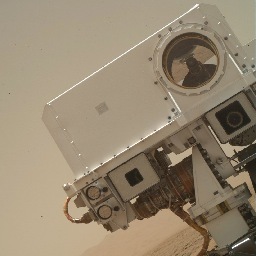 Curiosity Rover
Curiosity Rover
@MarsCuriosity -
 NASA Universe
NASA Universe
@NASAUniverse -
 NASA's Johnson Space Center
NASA's Johnson Space Center
@NASA_Johnson -
 NASA's Perseverance Mars Rover
NASA's Perseverance Mars Rover
@NASAPersevere -
 NASA Sun & Space
NASA Sun & Space
@NASASun -
 NASA JPL
NASA JPL
@NASAJPL -
 NASA Expeditions
NASA Expeditions
@NASAExpeditions -
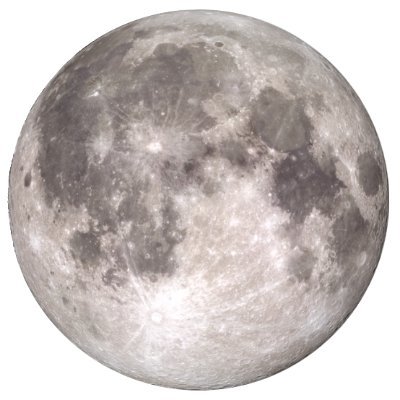 NASA Moon
NASA Moon
@NASAMoon -
 NASA Technology
NASA Technology
@NASA_Technology -
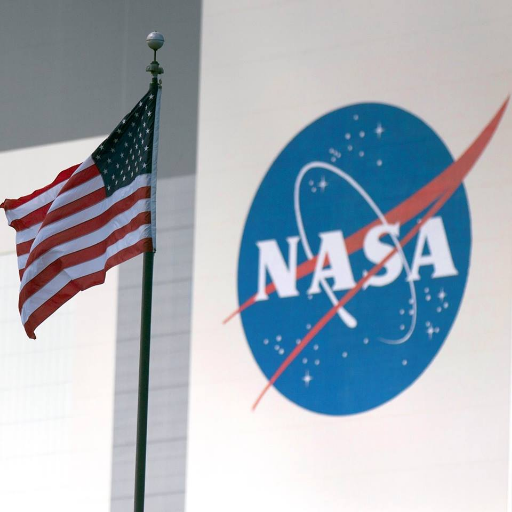 NASA's Kennedy Space Center
NASA's Kennedy Space Center
@NASAKennedy
Something went wrong.
Something went wrong.





